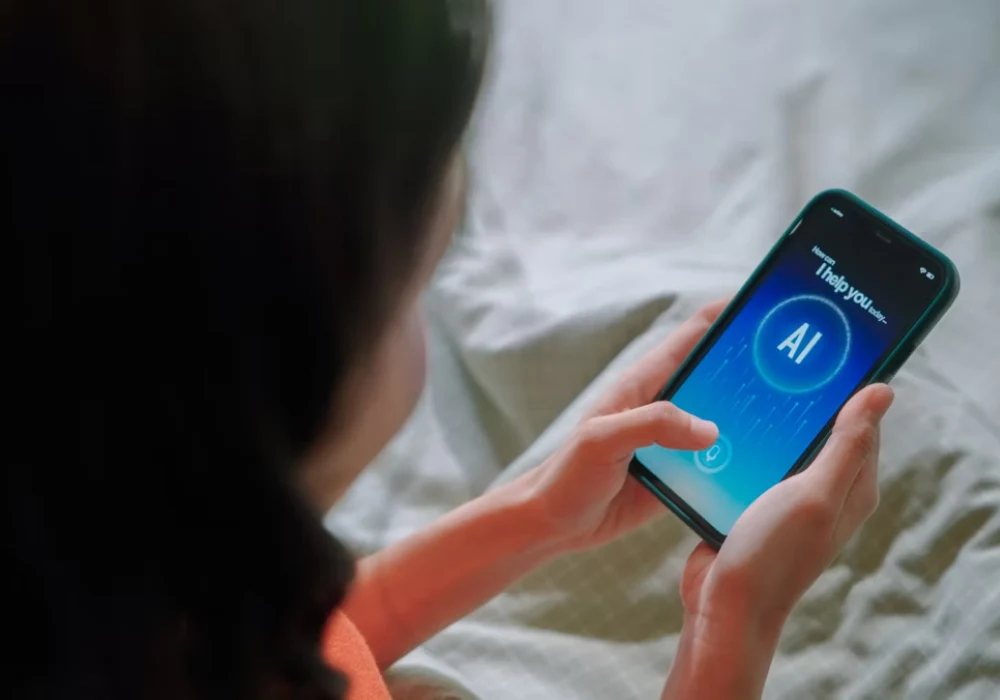Mental health delivery remains anchored to a weekly, 50-minute appointment, even as other sectors have adopted continuous, adaptive models that scale. The prevailing cadence offers at best 52 hours of structured therapeutic contact each year, creating long gaps in support while daily stressors accumulate and insights fade. A shift is gathering momentum toward care that persists between appointments, integrates timely prompts and resources and adapts to individual needs. Technology is central to this change, not as a replacement for clinicians but as an enabler of continuity, personalisation and efficiency. The direction is clear: move from episodic contact to an approach that is continuous, intelligent and responsive to real-world circumstances.
Cadence as the Constraint
Weekly appointments define much of contemporary practice. Outside crisis intervention, clients often receive little structured engagement until the next scheduled meeting. This episodic rhythm is misaligned with how people experience emotion, stress and recovery, which unfold continuously rather than in neatly bounded increments. When the arc of healing is non-linear and deeply contextual, narrow time slots become a bottleneck rather than a scaffold.
Reframing the problem places cadence at the centre. Access matters, yet the constraint that limits impact is the space between sessions where momentum can stall. A model that maintains continuity throughout the week helps preserve insights, keeps goals salient and supports the integration of therapeutic work into daily routines. Short, structured touchpoints enable accountability without increasing clinical burden. They make care feel proximate to lived experience rather than something one drops in and out of. By treating engagement as an ongoing process, providers can sustain progress while reducing the erosion that often occurs between appointments.
Must Read: Illinois Bans AI in Mental Health Therapy
AI Extends Care Between Sessions
Intelligent tools can strengthen the therapeutic relationship by reinforcing key themes, clarifying goals and offering personalised resources outside the consulting room. Post-session summaries reviewed by clinicians can capture priorities and next steps in language that remains grounded in clinical judgement. Preparatory prompts before the next appointment help individuals identify focus areas, lower anticipatory anxiety and arrive with clearer intent. Science-based chat companions provide space to process emotions between visits, ensuring that support does not disappear when the session ends.
For clinicians, technology can reduce administrative friction while preserving professional voice. Transforming session audio into editable, insurance-ready documentation streamlines workflow and returns time to direct care. The resulting system closes the loop: clients remain engaged between appointments, clinicians gain tools that amplify—not replace—their work, and both sides benefit from timely, actionable insights.
Security and privacy are prerequisites for any such approach. Tools must be fully compliant with the law requirements, employ dual encryption and adhere to strict deletion protocols. Trust depends on protecting sensitive information as rigorously as any other aspect of care. When designed with clinical and technical expertise side-by-side, these elements form a coherent framework that extends the power of therapy beyond the 50-minute boundary while upholding the standards expected in healthcare.
Flexible Models and Embedded Intelligence
A continuous model also requires structural flexibility. The same cadence will not suit everyone across all life events. Some individuals benefit from shorter, more frequent check-ins, while others need adjustments during periods of heightened stress or transition. Flexibility is not inconsistency, it is personalisation. When timing, modality and intensity can flex to meet circumstances, care becomes more relevant and sustainable, supporting lasting behavioural change.
The next phase goes beyond adding portals or digitising forms. Embedding intelligence within the care model allows systems to learn from engagement patterns, adapt in real time and surface insights that guide both client and clinician. Rather than treating digital layers as adjuncts, this approach integrates them into the fabric of care so that feedback loops are continuous and meaningful. Health plans are beginning to recognise the value of tech-enabled, outcomes-driven models that improve experience and retention while reducing cost. As capabilities mature, personalised and efficient care can be delivered at greater scale without eroding the human core of therapeutic work.
Importantly, the goal is not to substitute machines for clinicians. The aim is to build infrastructure that scales high-quality care ethically and humanely. Technology extends the reach of the therapeutic relationship into the time and spaces where people actually live, keeping support available when it is most needed. By aligning tools with clinician oversight and client agency, the model preserves the essence of human connection while expanding its practical impact.
Episodic care has brought mental health into the mainstream, yet it no longer reflects what people need or what technology makes possible. A continuous, intelligent and flexible model maintains momentum between appointments, reinforces therapeutic goals and adapts to individual circumstances. With secure, clinically grounded tools that protect privacy, providers can reduce administrative friction and focus attention on outcomes. Aligning cadence with the realities of daily life offers a path to broader reach, better engagement and more durable improvement for individuals as well as services.
Source: MedCity News
Image Credit: iStock










